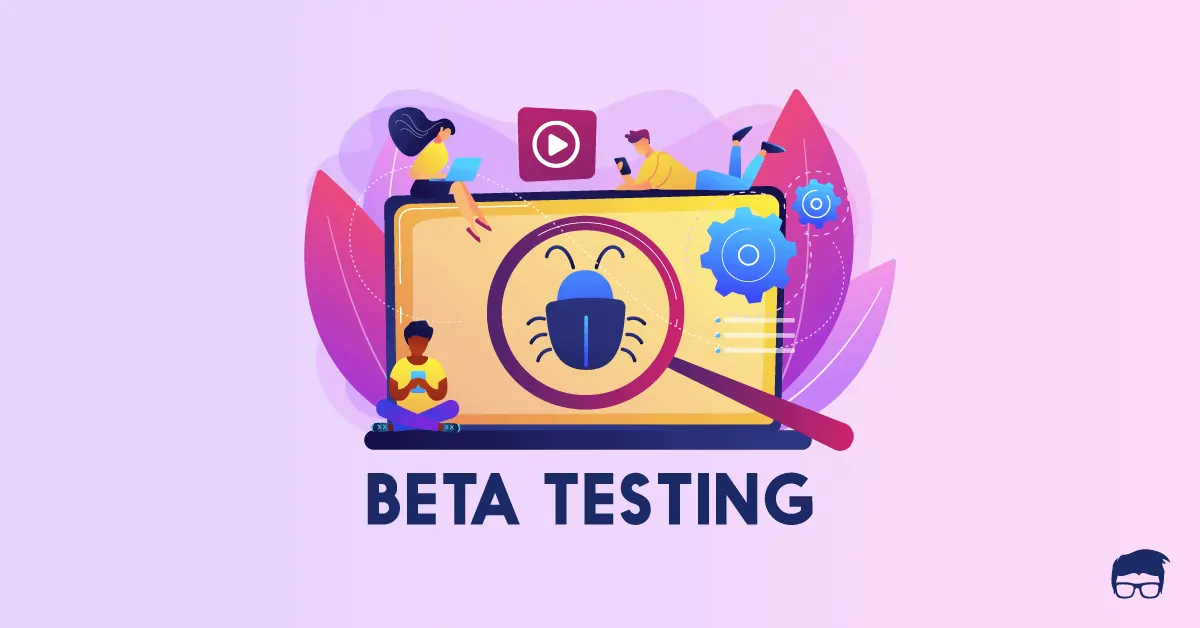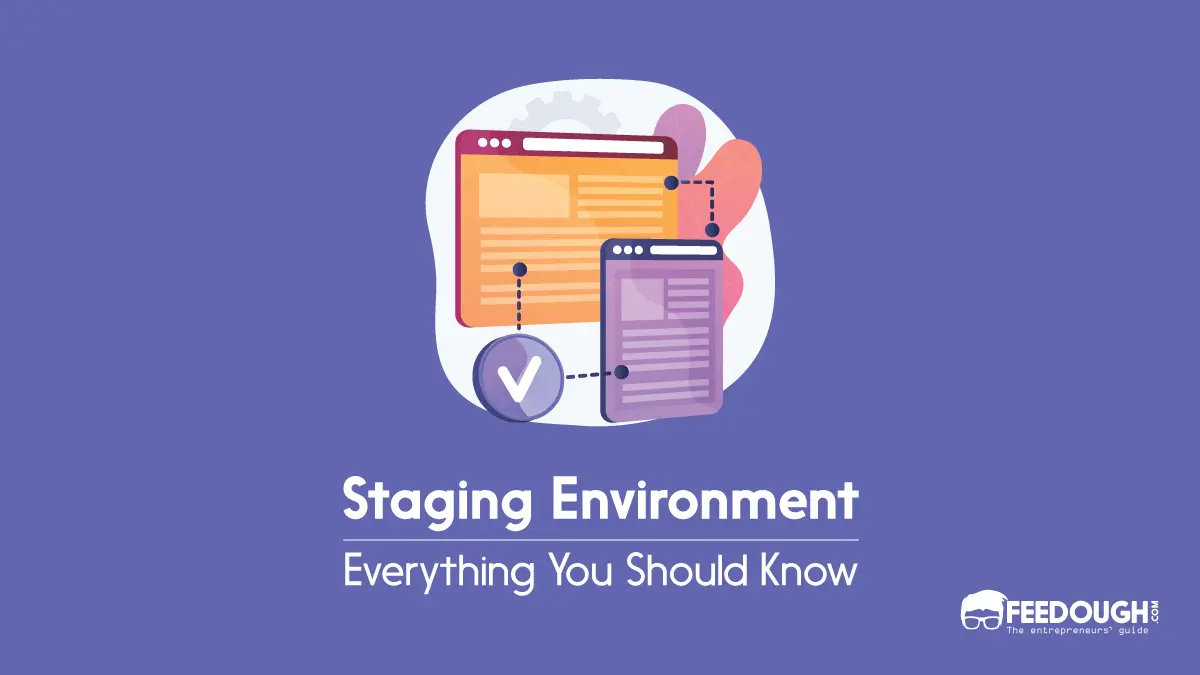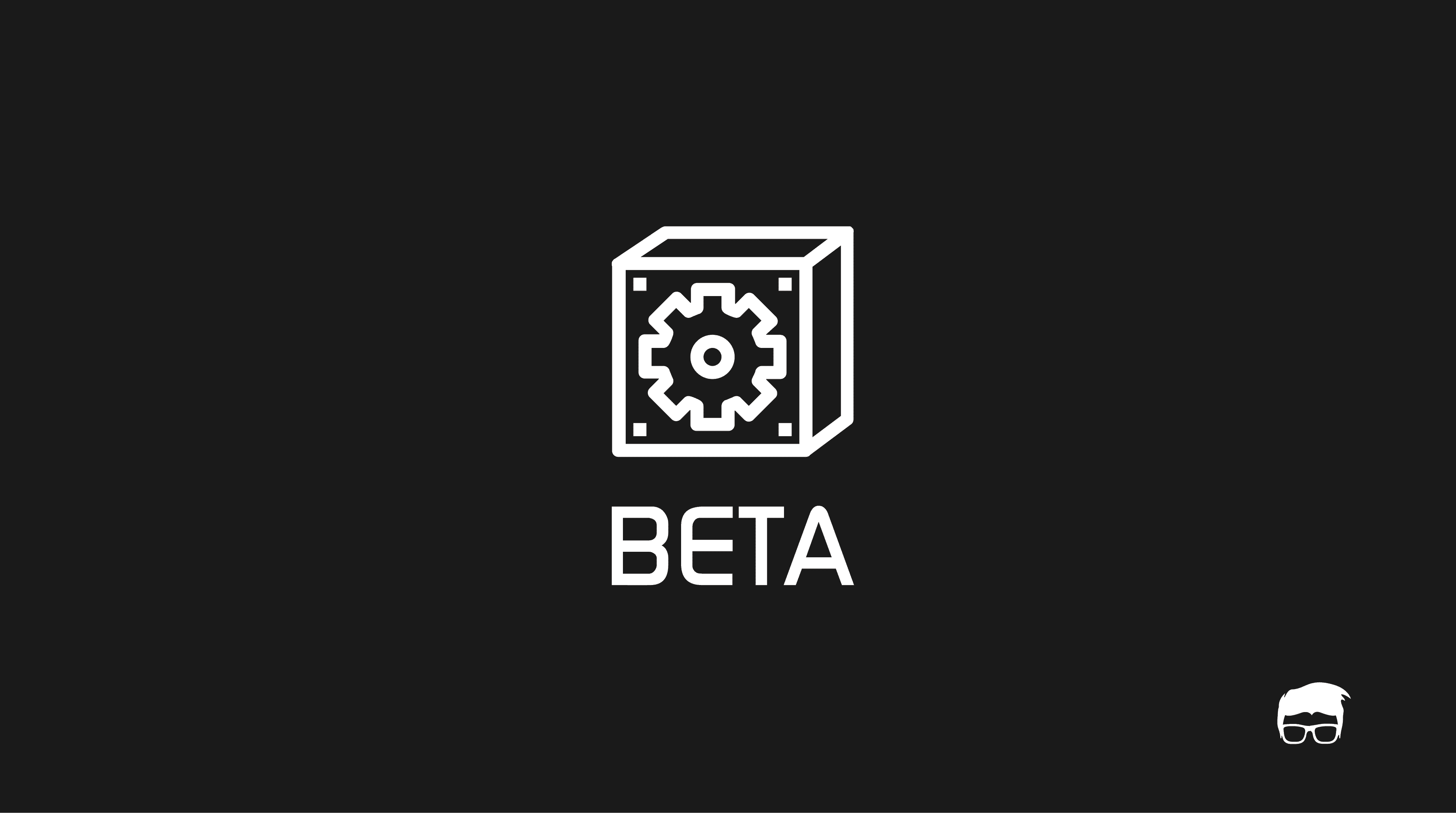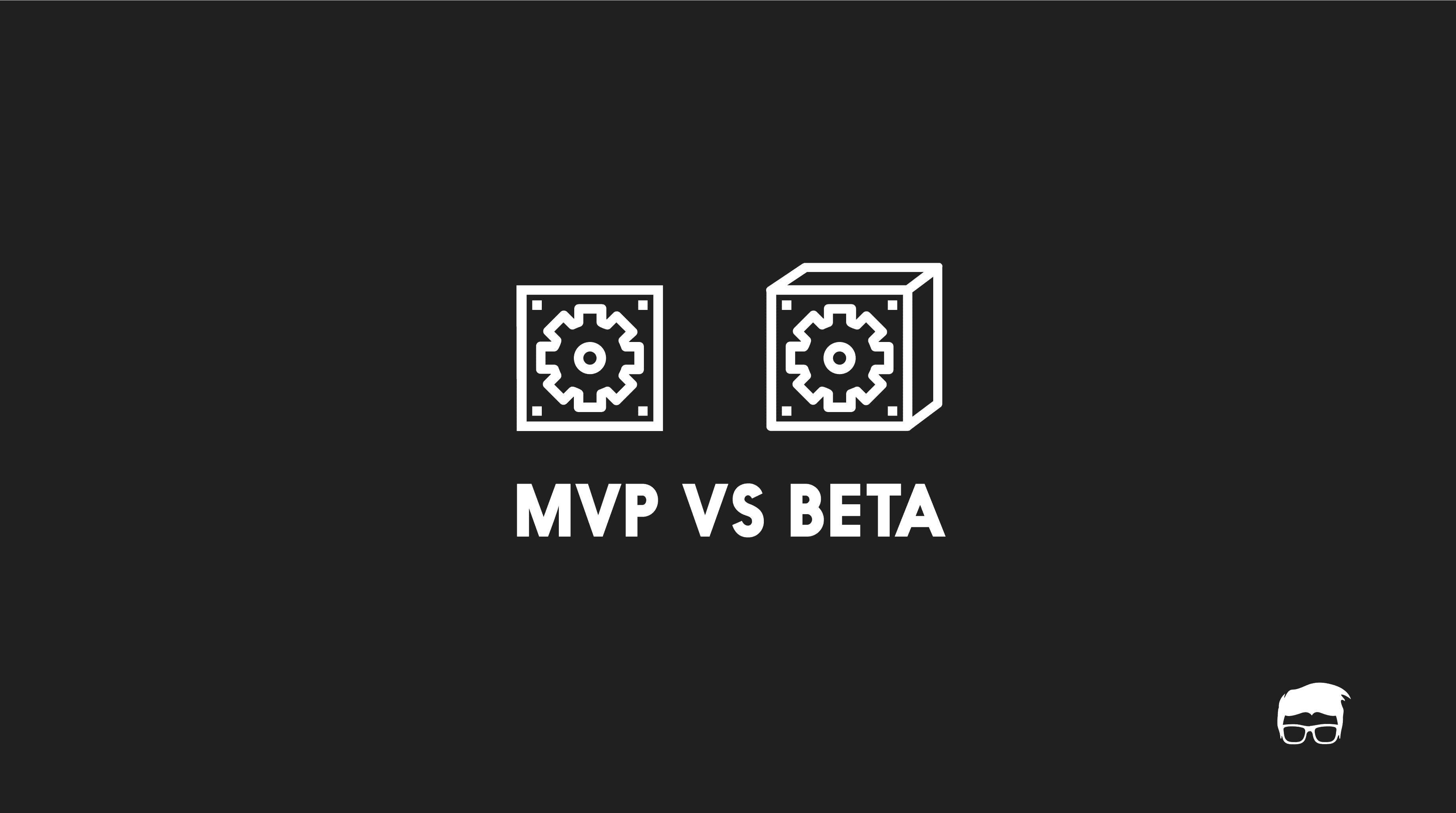Every company wants its target market to accept the product it has to offer gladly. While many companies predict demand in the first instance, several others validate their assumptions using acceptance testing.
The company performs some of these tests internally, while some are performed by releasing the product to the actual audience.
Alpha testing, a part of the user acceptance testing, is the firms’ preliminary internal testing before offering the product to the external testers or early users. It ensures that the product fulfills all the requirements and attains a minimum level of quality before offered to the target audience to try.
What Is Alpha Testing?
Alpha testing is a type of acceptance testing where in-house team of developers, designers, and quality assurance staff test a product for all possible bugs, flaws, and issues in a controlled lab environment.
Often referred to as usability testing, alpha testing is known to stand out because of its unique features. These features are imbibed in its definition –
- Type Of Acceptance Testing: At the time of an alpha test, the product is almost ready for use. All that is left is to remove the bugs, flaws, and issues by letting a sample audience try the product and validate its proposition.
- Done by in-house team of developers, designers, and quality assurance staff: Alpha testing involves tests and feedback by in-house team of experts. The end-user isn’t involved in this test.
- Test for all possible bugs, flaws, and issues: The aim of an alpha test is to get rid of all the possible bugs, flaws, and issues that the internal team can find.
- In a controlled lab environment: The alpha version of the product isn’t a finished product. Hence, it is not released in a real environment for end-users to test.
Alpha Testing also helps the testing team to make sure that the product is functioning in the same manner in which it is intended. Thus, the company appoints experts, who understand the industry and the offering, to test its design, working, and behaviour.
It is the last testing phase before sending the product for beta testing, where the actual users test the product in a real environment.
When is Alpha Testing done?
Alpha testing is the first step of acceptance testing and is carried out before beta testing. It is conducted at the final stages of the product development process.
It is the early end-to-end testing of a product and therefore its name is derived from the first Greek letter “Alpha”.
Before performing alpha testing, it is essential to form a list of all the design specifications and functional requirements needed to be tested. According to this list, the testing team can develop a plan to test each specification and requirement included in the list.
What are the Phases of Alpha Testing?
Alpha testing is performed in two phases:
- Initial Testing Phase conducted by In-house Developers: In this phase, the internal developers carry out the testing. These developers may use anyone out of hardware-assisted debugger or debugger software to improve the process. The main purpose of the developers is to identify and remove the bugs as quickly as possible.
- Application Testing Phase conducted by QA Team: The quality assurance team carries out this phase of testing. They make use of both black box testing and white box testing technique in this phase.
The testing method in which the tester knows the internal structure, design, and implementation of the item to be tested is known as the white box testing method, and the method in which the tester does not know the internal structure, design, and implementation is called as black box testing method.
What are the steps involved in Alpha Testing?
Alpha Testing involves the following six steps:
- Listing of requirements: Alpha testing starts with reviewing design specifications and listing all functional and non-functional requirements.
- Planning: The second step is to develop an extensive test plan and form all the required test cases.
- Checking for issues: Only after generating the test plan and the test cases, the test team can now start alpha testing. Checking for bugs and defects in the systems is the first priority in this step.
- Logging issues: In the fourth step, issues are logged in a separate system whenever the team finds a bug or defect.
- Fixing issues: The members of the development team then fix these issues.
- Retesting: Once the development team solves the issues then the software product is again sent back to the testers to retest. This cycle continues until zero defects are found.
Advantages and Disadvantages of Alpha Testing
Alpha testing comes with its own set of advantages and disadvantages. These are:
Advantages
- As alpha testing includes both testing techniques that are white-box testing and black-box testing, it allows the testers to carry out thorough and detailed testing.
- While performing alpha testing, a simulated environment is created to test the software in an environment similar to the external environment. Testing in simulated conditions helps the testing team to improve the software quality.
- Alpha testing gives the testing team a chance to gather all the software’s usability and reliability insights.
- The various in-house tests conducted during alpha testing develop confidence in the software team that the software is now ready and can be used in any conditions.
Disadvantages
- In alpha testing, the product is tested at a very high level using both black box and white box testing techniques due to which its execution time is very long.
- As alpha testing is performed in-house and not in an external environment, it cannot test some software aspects like maintainability and in-depth security.
- Internal testers and developers perform alpha testing instead of the actual customer. Hence, there is always a chance that they might ignore some defects due to deadlines.
- Sometimes alpha testing is not considered worthy for small projects because the time and efforts required in alpha testing are equivalent to an IT project.
What comes after Alpha Testing?
The next step after alpha testing is beta testing which tests the product in real conditions. In beta testing, the product is distributed among a small number of end-users who test it for any bug, issue, or flaw that was not addressed during alpha testing. The end-users then send their feedback to the developers. The team of developers provides solutions to the issues raised in the feedback either immediately or in the upcoming version of the software.
Alpha Testing Vs Beta Testing
Alpha Testing | Beta Testing |
|---|---|
Alpha testing is the product’s initial testing for all possible bugs and issues before introducing it in the market. | Beta testing is the second level of testing of the product to find bugs and issues that are not addressed or missed during alpha testing. |
In-house testers and developers carry it out in a controlled lab environment. | External testers and developers carry it out in a real environment. |
This test may require a very long execution cycle to complete. | This test mostly gets executed in just a few weeks. |
Issues and flaws found out during alpha testing are addressed immediately by the developers. | Many issues and feedback collected from the users during beta testing are addressed and implemented in the forthcoming versions of the product. |
The main objective of alpha testing is to provide the user with the best quality product that is free from all issues and bugs. | The main objective of beta testing is to develop an issue-free product and also to make it more user friendly according to the feedback of the end-users. |
Go On, Tell Us What You Think!
Did we miss something? Come on! Tell us what you think about our article in the comments section.
Ankit likes to research and write articles on topics like startups, entrepreneurship, marketing, and technology. Other than writing, he is a big sports enthusiast.















